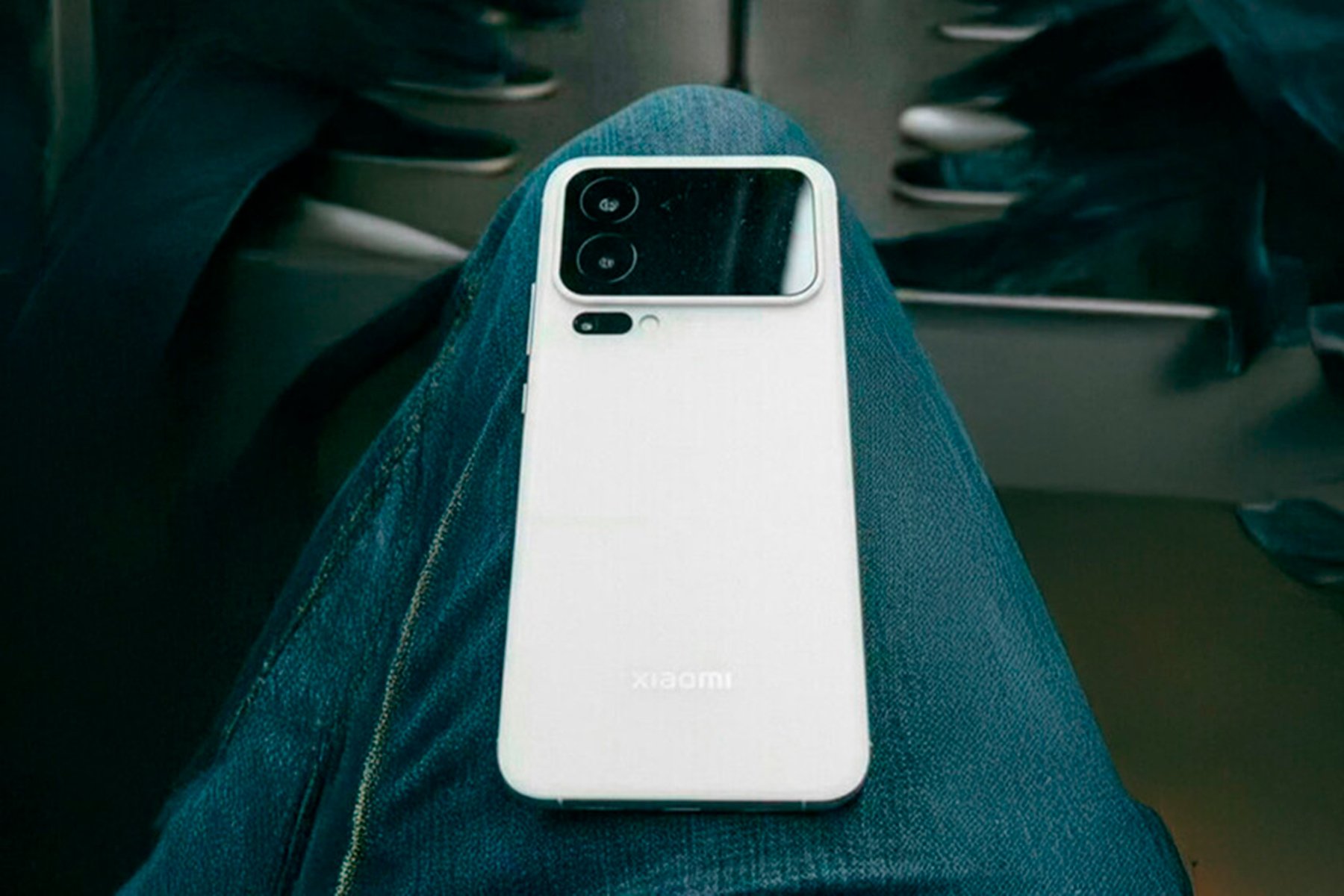Security expert Palo Alto Networks has urged the cybersecurity industry to switch to Zero Trust Network Access 2.0 (ZTNA 2.0). Palo Alto calls this new version of ZTNA the foundation for a new era of secure access. ZTNA was developed to replace virtual private networks (VPNs) when VPNs turned out to be not scaling enough and too free – but first generation ZTNA products (ZTNA 1.0) have proven to be very reliable and can expose customers to huge risks. . Palo Alto said that ZTNA 2.0 should address these issues and help organizations properly secure with a zero-trust solution that truly follows zero-trust principles.
The last two years have changed things dramatically. For many, it has become an activity at home rather than a physical workplace. As hybrid working initiatives and the transition to the cloud accelerate, so do the applications employees need to get their work done. All this in an era of unprecedented cyberattacks. Zero trust has since been adopted as the solution, but zero trust doesn’t always mean zero trust – so does the ZTNA 1.0. It doesn’t seem to protect all apps, isn’t right with data, and once it allows access, it leaves it to check if those permissions will persist. According to Palo Alto, organizations should therefore demand true zero-trust solutions.

According to the security expert, zero trust should be like an airport. Once you’ve gone through security, you can’t just hang around and get on any plane. Restricted areas require additional credentials and only allow you to board your own flight. This is how ZTNA 2.0 should work: restricting who can access which apps and checking credentials repeatedly. Palo Alto Networks now offers a ZTNA 2.0-based platform with Prisma Access.
ZTNA 2.0 includes the following key principles:
- Least privileged access: Provides precise access control at application and sub-application levels, regardless of network structures such as IP and port numbers.
- Continuous Trust Verification: After an app is granted access, it is continually evaluated for trust based on changes in device attitudes, user behavior, and app behavior.
- Continuous Security Audit: Uses deep and continuous auditing of all application traffic, including allowed connections, to help prevent all threats, including zero-day threats.
- Protection of all data: Provides consistent control of data across all applications, including custom applications and SaaS applications, with a single data loss prevention (DLP) policy.
- Security for all applications: Consistently protect all application types used across the enterprise, including modern cloud-native applications, legacy private applications, and SaaS applications.
Source: Palo Alto Networks
Source: Hardware Info












